Basic Communication Lab
This laboratory is dedicated for learning the practical aspects of subject related to Communication Engineering. Earlier the laboratory of subjects like RF & Microwave Communication, Optical Communication were also conducted along with Analog & Digital Communication. Since 2016, the laboratory was renamed to Basic Communication Lab and has been more focused for core Communication Engineering subjects.
- The communication Systems Laboratory intends to cover the basic understanding of functionalities of various block-sets involved in communication system. It involves system design and simulation exercises using software like MATLAB/Sci Lab, Simulink and experiments based on HW boards. Students are introduced to the functioning of modern communication systems and their performance in the presence of noise.
- This Laboratory is useful to understand the basic theories of Communication system. They are basically Analog Communication, Digital Communication, Wireless Communication/ Advanced Communication.
- Analog Communication trainers like DSB/SSB transmitter/ receiver, FM modulator/demodulator, FDM trainer etc., are available to understand the fundamentals.
- Students can also be aware of the concepts of Digital Communication using various trainer boards as well as simulation.
- It is also equipped with trainers such as Mobile phone trainer ,CDMA system, GSM etc.
People
Mr. Kundan Kumar
Lab Assistant
- 7281831308
- kundankr@svnit.ac.in
Gallery
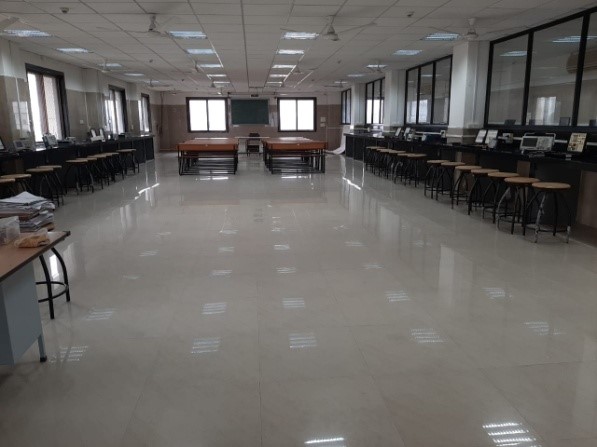
Bcom Lab
View more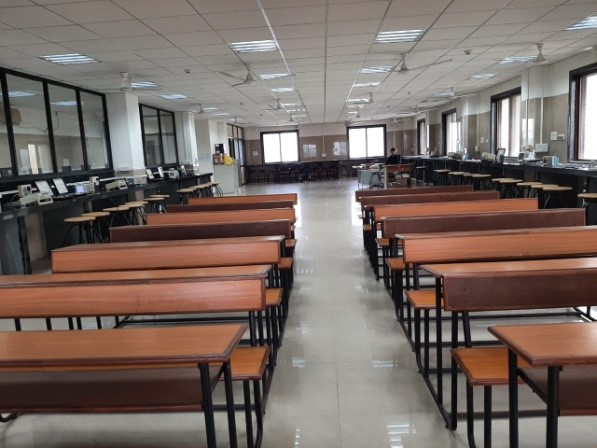
Bcom Lab
View more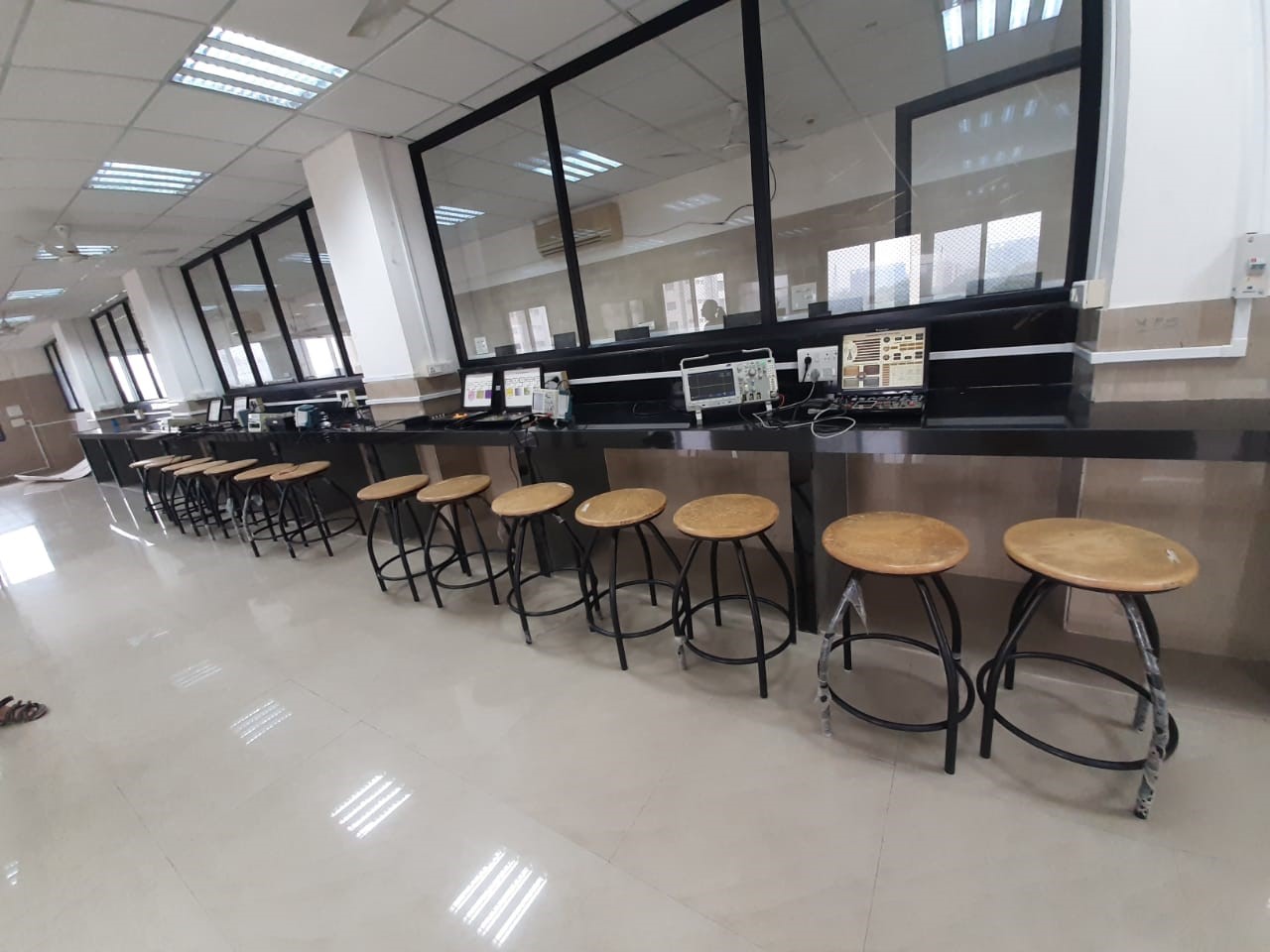
Bcom Lab
View more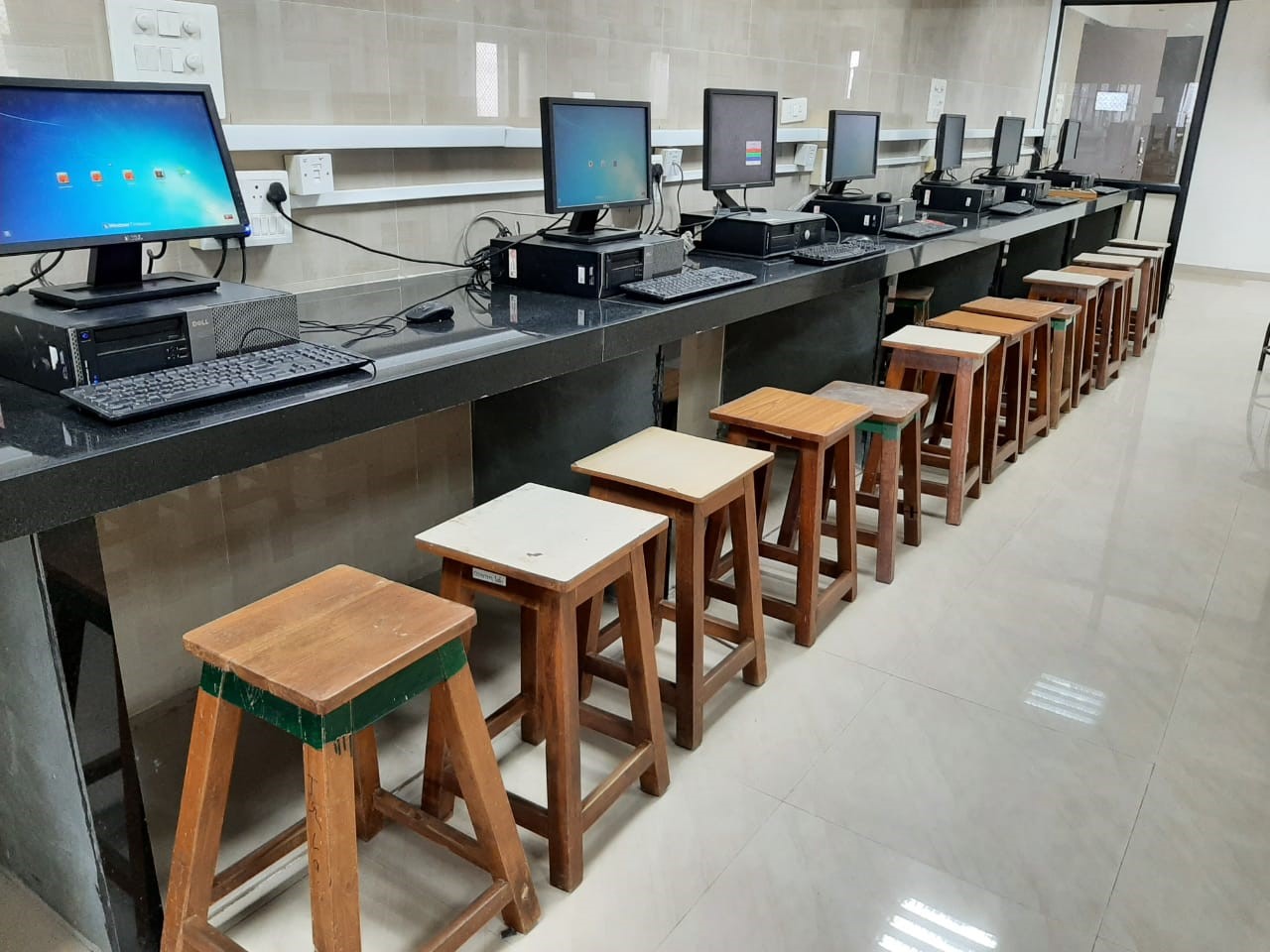
Bcom Lab (Simulation Area)
View more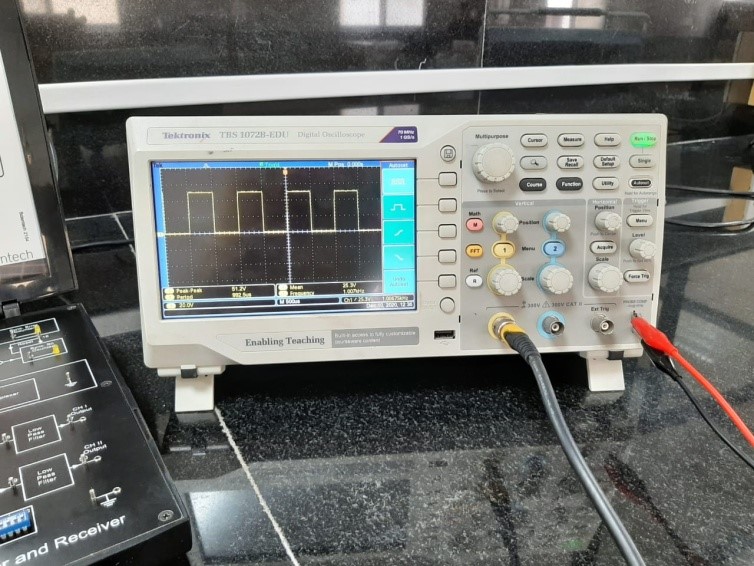
Digital Storage Oscilloscope
View more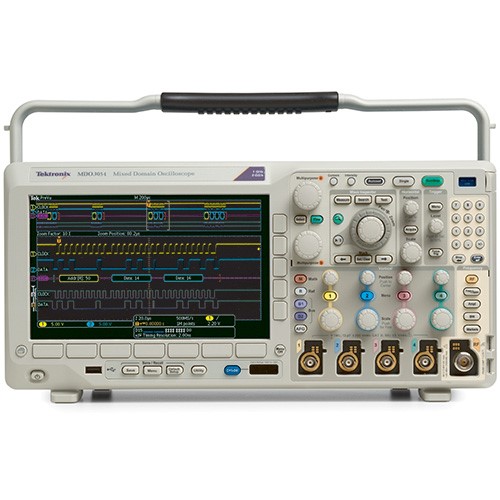
Mixed Domain Oscilloscope
View more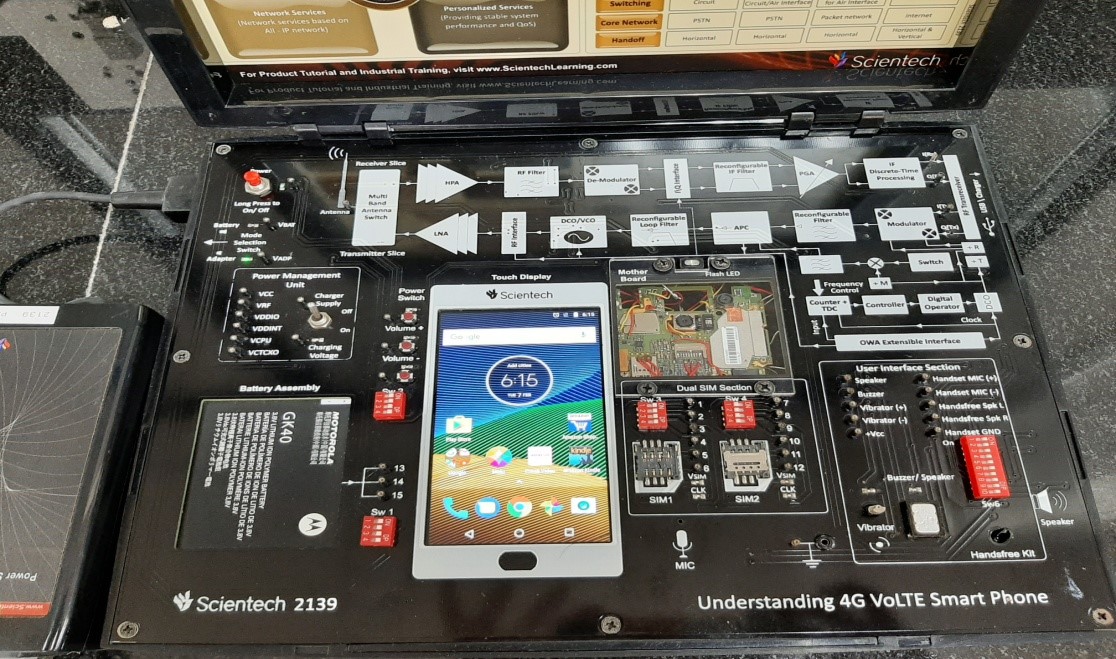
Mobile Phone Trainer
View more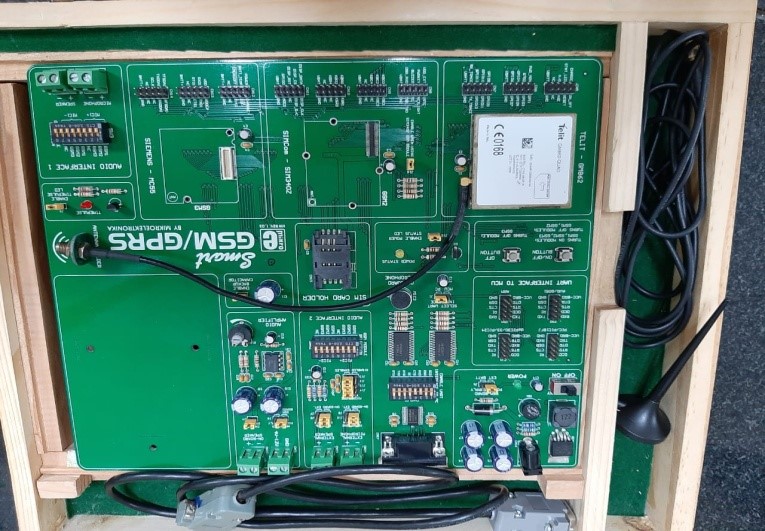
GSM module
View more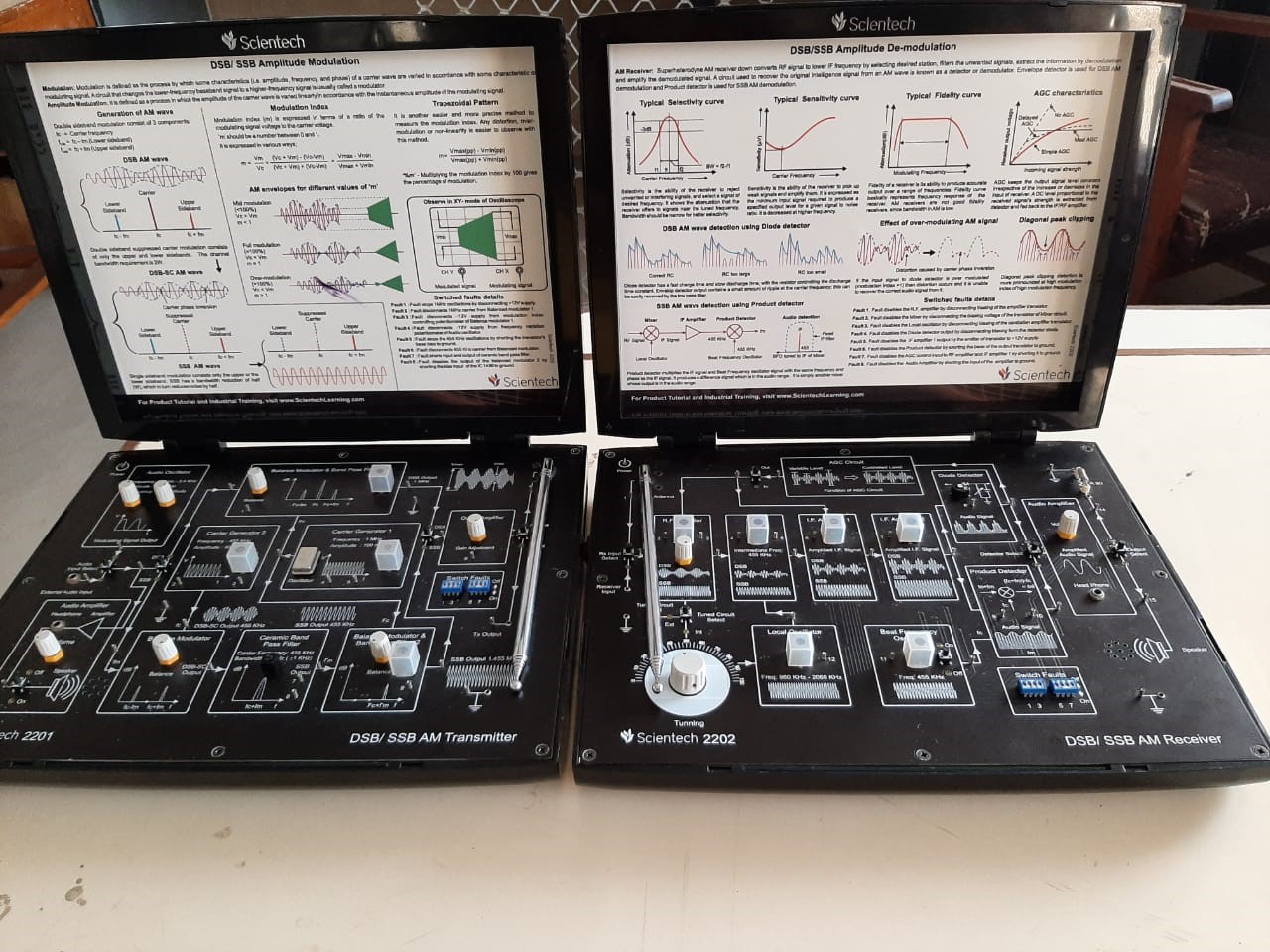
DSB/SSB AM Transmitter/Receiver
View more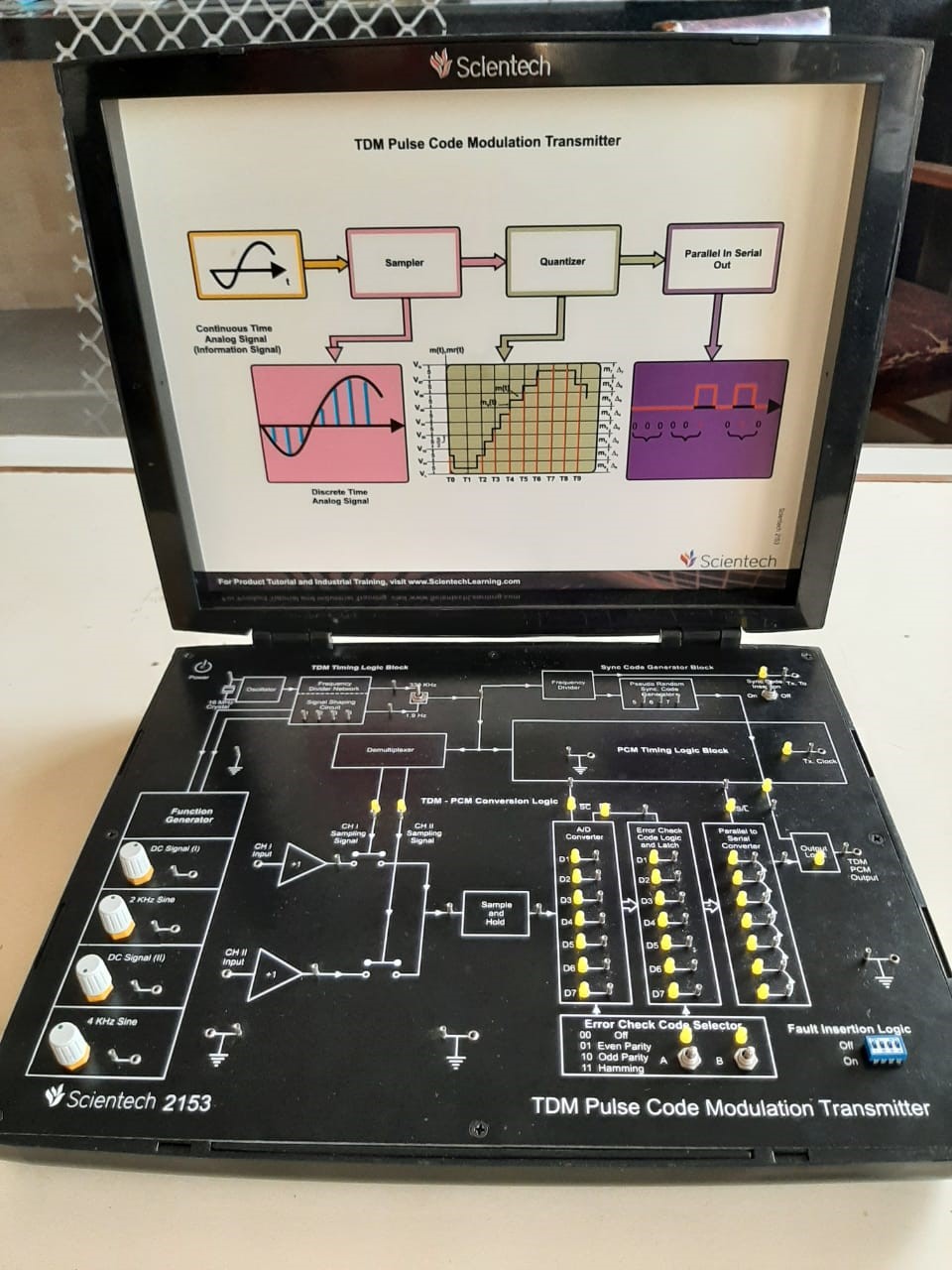
Pulse Code Modulation trainer
View moreSubject being Covered
-
EC204- Principle Of Communication System(II-EC)
In this subject experiments like Analog Modulation, Frequency Modulation, and others are performed. -
EC208- Communication System(II-CO
The communication systems laboratory experiments require the use of several different types of signal processing blocks. Experiments like Pulse Amplitude Modulation, FSK, PSK, ASK, Sampling, Line coding schemes, Simulation of Linear Block and Cyclic error control coding schemes are done. -
EC301- Digital Communication(III-EC)
In this subject the experiments related to digital communication are covered: TDM/PCM, Different Coding Technique, Delta Modulation, PAM, and PPM. -
EC403- Mobile Communication(IV-EC)
This subject includes experiments with wireless communication like CDMA Trainer, QAM, 4G Mobile Phone Trainer, GSM, SDR.
Major Instruments & Kits
-
Digital Storage Oscilloscope
A digital storage oscilloscope (often abbreviated DSO) is an oscilloscope which stores and analyses the signal digitally rather than using analog techniques. It is now the most common type of oscilloscope in use because of the advanced trigger, storage, display and measurement features which it typically provides. -
Mixed Domain Oscilloscope
Mixed domain oscilloscopes have the ability to display signals in both the time and frequency domains. In the time domain, they can display synchronized analog waveforms, digital waveforms, and decoded serial protocols. For frequency domain analysis, they include an integrated spectrum analyzer signal path. -
Mobile Phone Trainer
Scientech 2132A Understanding Dual SIM Mobile Phone TechBook is a unique, self contained, easy to operate, training platform that demonstrates the complete arrangement of a 4G Dual SIM GSM handset to understand the working of the mobile phone. -
GSM module
GSM is the training system which provides users to study GSM/GPRS communication protocol and to experience the overall knowledge about mobile communication through GSM module control. To control the GSM module, there is advanced set of AT Commands according to GSM. GSM is based upon GSM cellular phone and allows for connection to PC for operation and programming. This trainer is designed to instruct the students System operation, Theory, Programming, Servicing, Problem diagnosis of GSM cellular mobile systems. GSM is mainly used for students to learn fundamentals in mobile communication systems such as mobile station network entry, calling process, network signals, AT Commands, Audio communication, Short message services etc. -
DSB/SSB AM Transmitter/Receiver
DSB/SSB AM Transmitter/Receiver is a comprehensive learning solution specifically designed to study basic operation as well as to provide conceptual and step by step understanding of DSB/SSB Amplitude modulation and transmission system through measurement of voltages and observation of waveforms at various test points. Block wise modular organization of circuit function with supporting technical information makes it easy to understand the process of AM generation and transmission. The exercises conceived to provide a practical approach to the subjects enable a deep analysis of the subjects and will guide the students to understand each function. -
Pulse Code Modulation trainer
Pulse Code Modulation Technique which is most widely used in digital modulation system. Since analog modulation system is most prone to noise present in the channel and receiver, the digital modulation system is used because it is less sensitive to noise. The basis of digital modulation systems lies on pulse code modulation i.e. a particular characteristic of the pulse is varied in accordance with the information signal. In PCM system the amplitude of the sampled waveform at definite time intervals is represented as a binary code.
Simulation Facilities
-
You can use MATLAB for a range of applications, including deep learning and machine learning, signal processing and communications, image and video processing, control systems, test and measurement, computational finance, and computational biology.
Contact
EC402N,
4th Floor , New ECED Building,
SVNIT , Surat - 395009
Gujarat , India